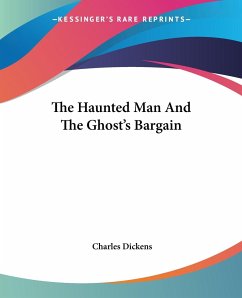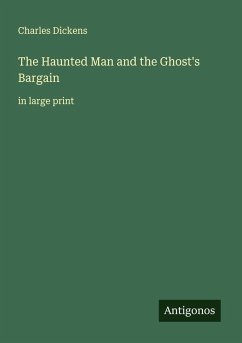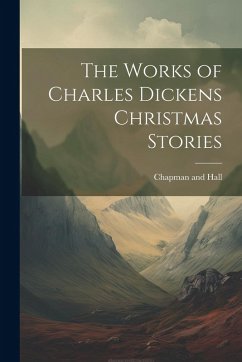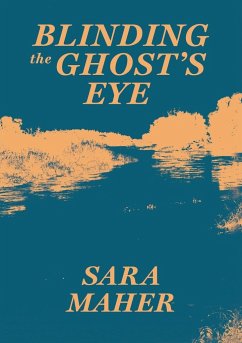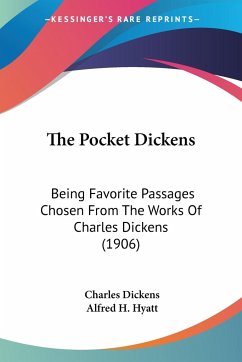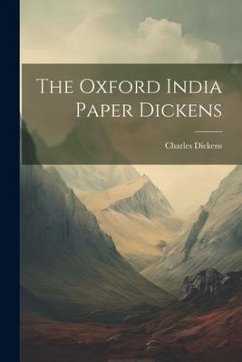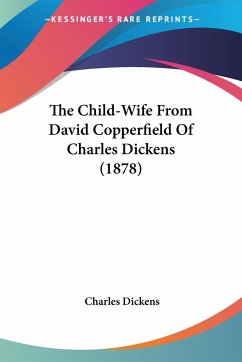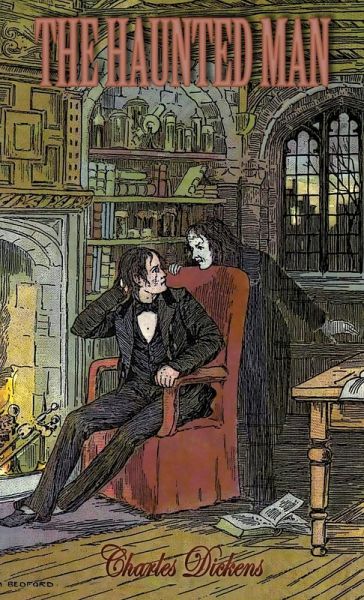
The Haunted Man and the Ghost's Bargain
A Fancy for Christmas-Time
Herausgeber: Fox, Katie
Versandkostenfrei!
Versandfertig in 1-2 Wochen
11,99 €
inkl. MwSt.

PAYBACK Punkte
6 °P sammeln!
"... Christmas is a time in which, of all times in the year, the memory of every remediable sorrow, wrong, and trouble in the world around us, should be active with us, not less than our own experiences. ..." The Haunted Man and the Ghost's Bargain, a Fancy for Christmas-Time, bookends the series of five Christmas stories by Charles Dickens (1812-1870) that began in 1843 with A Christmas Carol. Originally published in 1848, this dark yet redemptive novella strikes a balance between the pathos and comedic characterizations found in the greatest of Dickens' works. This edition was adapted from t...
"... Christmas is a time in which, of all times in the year, the memory of every remediable sorrow, wrong, and trouble in the world around us, should be active with us, not less than our own experiences. ..." The Haunted Man and the Ghost's Bargain, a Fancy for Christmas-Time, bookends the series of five Christmas stories by Charles Dickens (1812-1870) that began in 1843 with A Christmas Carol. Originally published in 1848, this dark yet redemptive novella strikes a balance between the pathos and comedic characterizations found in the greatest of Dickens' works. This edition was adapted from the 1913 Chapman & Hall "cheap" Christmas Books edition (originally collected 1852) and the 1907 J.M. Dent and Co./E.P. Dutton & Co."gift" edition. It maintains the unabridged content and spelling of the original publications, though punctuation spacing and usage has been modernized and changed to American quotation style. Published for the Supernatural Fox Sisters' Supernatural History Series-collections of books and artifact reproductions focusing on places and events in supernatural history.






